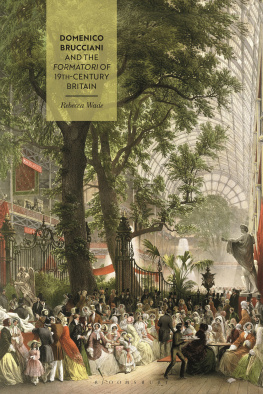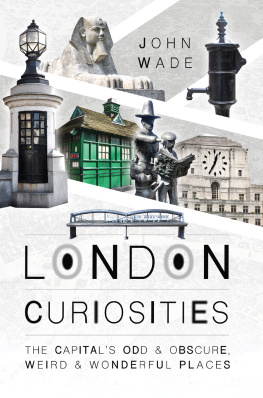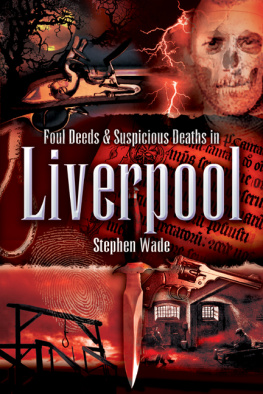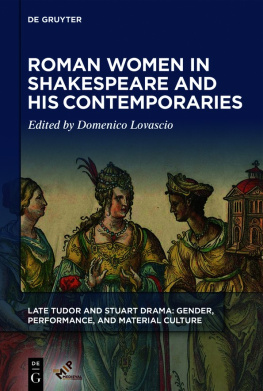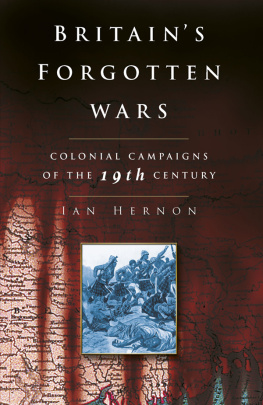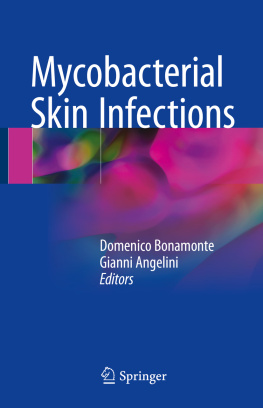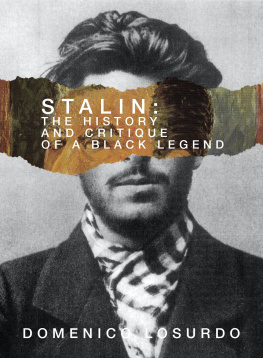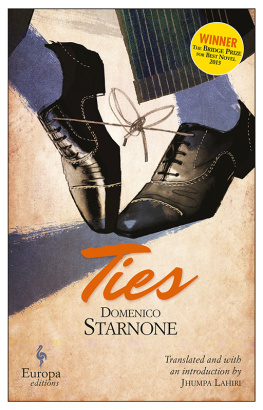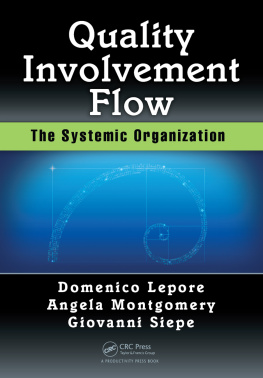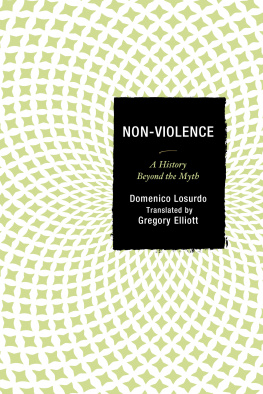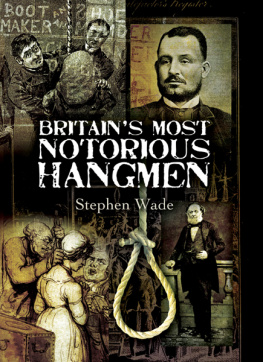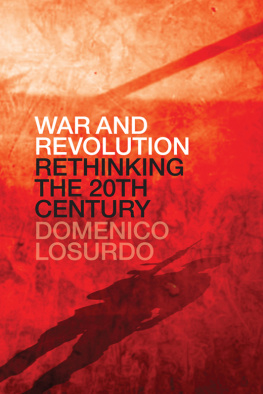Wade - Domenico Brucciani and the Formatori of 19th-Century Britain
Here you can read online Wade - Domenico Brucciani and the Formatori of 19th-Century Britain full text of the book (entire story) in english for free. Download pdf and epub, get meaning, cover and reviews about this ebook. publisher: Bloomsbury USA, genre: Detective and thriller. Description of the work, (preface) as well as reviews are available. Best literature library LitArk.com created for fans of good reading and offers a wide selection of genres:
Romance novel
Science fiction
Adventure
Detective
Science
History
Home and family
Prose
Art
Politics
Computer
Non-fiction
Religion
Business
Children
Humor
Choose a favorite category and find really read worthwhile books. Enjoy immersion in the world of imagination, feel the emotions of the characters or learn something new for yourself, make an fascinating discovery.
- Book:Domenico Brucciani and the Formatori of 19th-Century Britain
- Author:
- Publisher:Bloomsbury USA
- Genre:
- Rating:5 / 5
- Favourites:Add to favourites
- Your mark:
- 100
- 1
- 2
- 3
- 4
- 5
Domenico Brucciani and the Formatori of 19th-Century Britain: summary, description and annotation
We offer to read an annotation, description, summary or preface (depends on what the author of the book "Domenico Brucciani and the Formatori of 19th-Century Britain" wrote himself). If you haven't found the necessary information about the book — write in the comments, we will try to find it.
Wade: author's other books
Who wrote Domenico Brucciani and the Formatori of 19th-Century Britain? Find out the surname, the name of the author of the book and a list of all author's works by series.
Domenico Brucciani and the Formatori of 19th-Century Britain — read online for free the complete book (whole text) full work
Below is the text of the book, divided by pages. System saving the place of the last page read, allows you to conveniently read the book "Domenico Brucciani and the Formatori of 19th-Century Britain" online for free, without having to search again every time where you left off. Put a bookmark, and you can go to the page where you finished reading at any time.
Font size:
Interval:
Bookmark:

Domenico Brucciani and the Formatori of Nineteenth-Century Britain
Dedicated to the memory of Ben Read (19452016)
Domenico Brucciani and the Formatori of Nineteenth-Century Britain
Rebecca Wade

Contents
During the course of my research, I have been fortunate to learn from the curators, conservators and archivists responsible for the collections in which the plaster casts and archival materials associated with Domenico Brucciani are held. I am grateful to Susanne Turner and Yannis Galanakis at the Museum of Classical Archaeology; Holly Trusted, Victor Borges, Johanna Puisto, Charlotte Hubbard and Victoria Oakley at the Victoria and Albert Museum; Stephanie Alder and Michael Neilson at the British Museum; Mark Pomeroy at the Royal Academy of Arts; Peter Trowles at Glasgow School of Art and Bryony Millan at the National Portrait Gallery.
My work on Brucciani has benefited enormously from conversations with fellow art historians, curators, sculptors, conservators and collectors, and I would like to especially thank Adriano Aymonino, Charles Avery, Malcolm Baker, Esther Chadwick, Ann Compton, Penelope Curtis, Laura Davies, Martina Droth, Jason Edwards, Andrea Felice, Meredith Gamer, Mark Hallett, Alana Jelinek, Lizzie Johnson, Lisa Le Feuvre, Tomas Macsotay, Peter Malone, Eckart Marchand, Timothy Martin, Alexander Massouras, Kate Nichols, Alexandra Parigoris, Martin Postle, Brigid von Preussen, Florian Roithmayr, Jacob Simon, Naomi Slipp, Timothy Stevens, Greg Sullivan, Sarah Victoria Turner, Philip Ward-Jackson, Mark Westgarth, Gabriel Williams, David Wilson, Keith Wilson, Sarah Wise and Toby Ziegler for the many and various ways in which they have contributed.
I am tremendously thankful to my colleagues at the Henry Moore Institute and Leeds Museums and Galleries for their support and to the Henry Moore Foundation for the two-year postdoctoral research fellowship which enabled much of the research and early stages of writing. The completion of this book was made possible through a postdoctoral fellowship from the Paul Mellon Centre for Studies in British Art.
Margaret Michniewicz, Katherine De Chant and Erin Duffy at Bloomsbury Academic have been tirelessly helpful at every stage and I extend my appreciation to them and their colleagues.
I am grateful to my friends Ebony Andrews, Danielle Child and Ruth Viqueira and to my family for their enduring encouragement. Above all, I give thanks to my wife Anne-Louise, for joining me on so many adventures in pursuit of plaster.
John Thomas Smith, Unknown man selling toys, 1815. |
Benjamin Robert Haydon, Punch or May Day, 1829. |
James Collinson, Italian image-boys at a roadside alehouse, 1849 |
James Collinson, Image boy, c. 1849. |
William Daniels, Self-portrait with casts: The image seller, c. 1850. |
Julian Leverotti, The late D. Brucciani, 1881, Graphic (19 November 1910), 806. |
Lorenzo Giuntini, Portrait bust of Dr Alfred Percival Maudslay, 1885. |
School of design, Illustrated London News (27 May 1843), 375. |
The school of design, Punch (5 July 1845), 21. |
The school of design, Punch (5 July 1845), 21. |
Statues, from D. Brucciani and Co., Ltd., Catalogue of Casts for Schools (London, 1914), 8. |
Richard Redfern, Venus de Milo, 1860. |
The antique room, from The Leeds Institute of Science, Art, and Literature: Historical Sketch, 18241900 (Leeds, 1901), 8. |
Louis Haghe, Refreshment department of the Great International Exhibition of 1851, Hyde Park, c. 1851. |
Detail of Grand panorama (concluded) of the Great Exhibition. No. IX. South and north portions of the transept, Illustrated London News Supplement (6 March 1852), 205 |
Statues, from D. Brucciani and Co., Ltd., Catalogue of Casts for Schools (London, 1914), 10. |
Fruit, leaves, vegetables, &c., from nature, from D. Brucciani and Co., Ltd., Catalogue of Casts for Schools (London, 1914), 42. |
Cremorne-gardens. The orchestra, Illustrated London News (28 June 1851), 619. |
Cremorne gardens. The maypole dance, Illustrated London News (14 August 1858), 149. |
The winter gardens and aquarium at Blackpool, Lancashire, Illustrated London News (20 July 1878), 66. |
Valentines Series, Entrance to Winter Gardens, Blackpool, 1909. |
The royal procession at the grand arch, London Bridge, Illustrated London News (21 March 1863), 3001. |
The procession in Oxford-Circus and The procession at the foot of Regent-Street, Illustrated London News (21 March 1874), 373. |
J. R. Brown and F. George Williams, The Shakspeare [sic] fountain, Leicester Square, Builder (4 July 1874), 567. |
Opening of the Alexandra Palace, Illustrated London News (31 May 1873), 518. |
The central hall, Alexandra Palace, Illustrated London News (17 April 1875), 368. |
Brucciani, Death mask of Edmund Kean, 1833. |
Phrenological head of Daniel Good after execution, undated |
Execution of Daniel Good, Illustrated London News (21 May 1842), 32 |
Brucciani, Death mask of Ben Caunt, 1861. |
D. Brucciani and Co., Ltd., Death mask and right hand of William Makepeace Thackeray, 1908. |
Ernest Edwards, William Makepeace Thackeray, c. 1863. |
D. Brucciani, Death mask of William Makepeace Thackeray, 1863. |
D. Brucciani, Death mask of Napoleon III, 1873. |
Jean-Baptiste Carpeaux, Napolon III (180873), Emperor of the French, 1873. |
Three famous death masks, Graphic (19 November 1910), 807. |
D. Brucciani and Co., Death mask of Dante Gabriel Rossetti, 1882. |
Frederic James Shields, The dead Rossetti, 1882. |
Isabel Agnes Cowper, Cast of Portico de la Gloria; archivolt of central doorway, the Cathedral of Santiago de Compostella in Spain, 1868. |
Elkington & Co., cast by Domenico Brucciani, after Pietro Torrigiano, King Henry VII, 1869. |
Elkington & Co., cast by Domenico Brucciani, after Pietro Torrigiano, Elizabeth of York, 1870. |
Elkington & Co., cast by Domenico Brucciani, after unknown artist, Robert, Duke of Normandy, 1877. |
Arthur Weston, Rough paper outline from which the shells are made, Strand Magazine (October 1901), 461. |
Arthur Weston, Posing figure The support for right arm will be noticed, Strand Magazine (October 1901), 463. |
Arthur Weston, Moulding upper portion of back and neck, Strand Magazine (October 1901), 465. |
Arthur Weston, Taking mould of back and shoulders The slightest movement of arm would disturb deltoid and latissimus dorsi muscles, Strand Magazine (October 1901), 464. |
Arthur Weston, Here is the mould of back just taken off, |
Font size:
Interval:
Bookmark:
Similar books «Domenico Brucciani and the Formatori of 19th-Century Britain»
Look at similar books to Domenico Brucciani and the Formatori of 19th-Century Britain. We have selected literature similar in name and meaning in the hope of providing readers with more options to find new, interesting, not yet read works.
Discussion, reviews of the book Domenico Brucciani and the Formatori of 19th-Century Britain and just readers' own opinions. Leave your comments, write what you think about the work, its meaning or the main characters. Specify what exactly you liked and what you didn't like, and why you think so.

